A Decade of U.S. Department of Education Green Ribbon Schools!
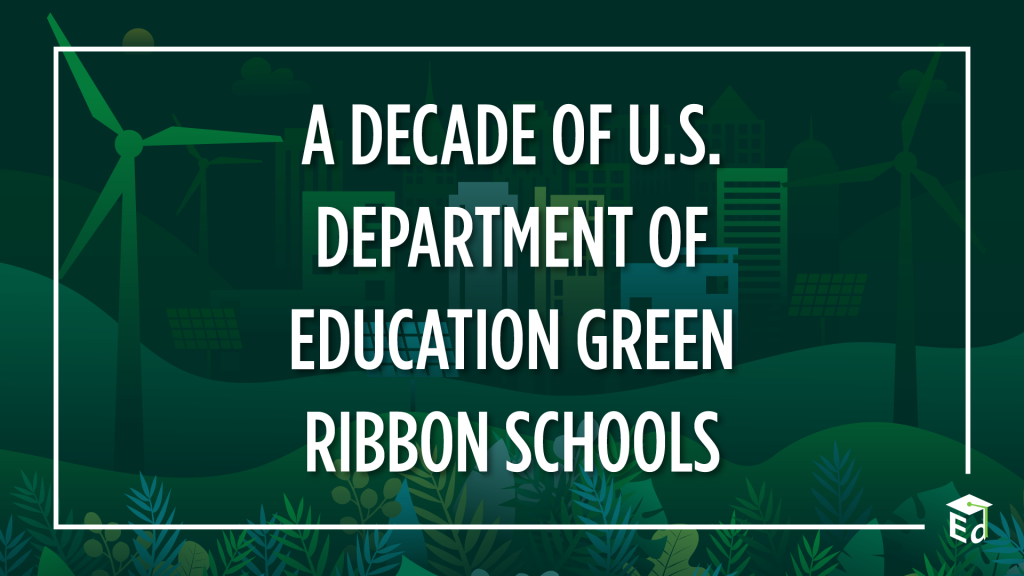
On April 22, the U.S. Department of Education named the 2021 U.S. Department of Education Green Ribbon Schools (ED-GRS), District Sustainability Awardees, and Postsecondary Sustainability Awardees. Across the country, 27 schools, three early learning centers, five districts, and five postsecondary institutions are recognized for their innovative efforts to reduce environmental impacts and utility costs, improve health and wellness, and ensure effective education.
The honorees were named from a pool of candidates nominated by 20 states. The 2021 cohort include 24 public schools – among them, five charter schools and one magnet school – as well as three nonpublic schools. More than half of the honorees are in communities where more than 40 percent of the student body are eligible for free and reduced lunch.
Curious as to what it takes to be named a U.S. Department of Education Green Ribbon School? Here are a few of the initiatives that the 2021 honorees are taking.
Wrightsville Beach Elementary School; Wrightsville Beach, North Carolina
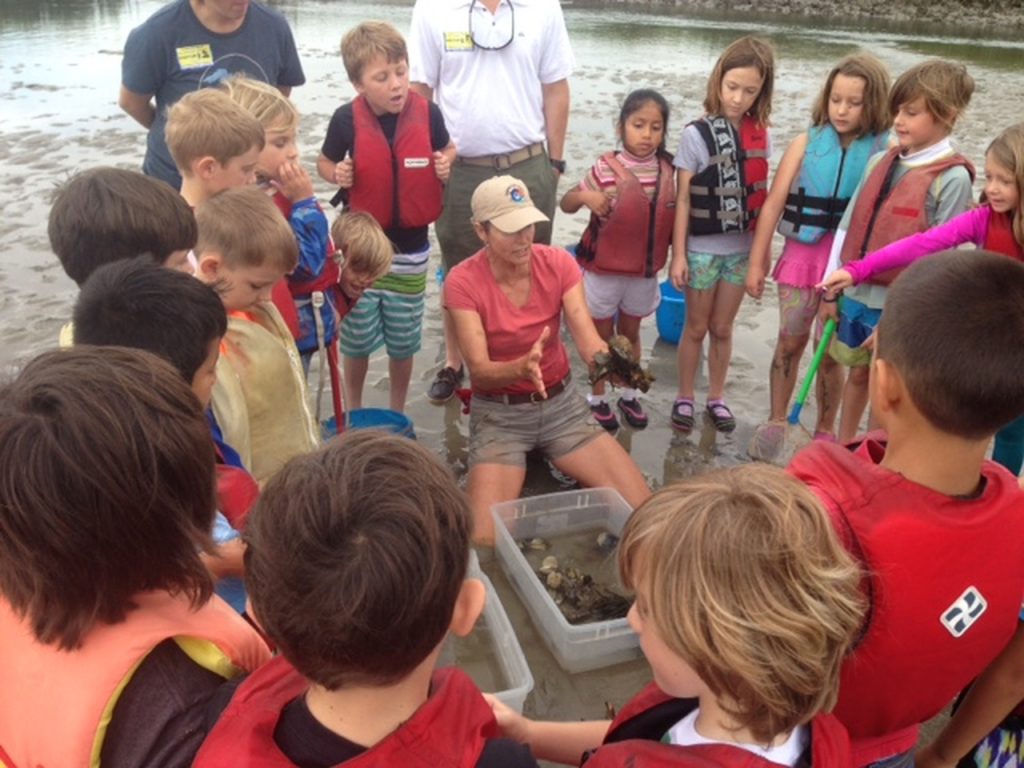
Nestled on a barrier island surrounded by a tidal estuary, Wrightsville Beach Elementary School (WBS), was renovated into a modern structure that brings in natural light, highlights the surrounding environment, and provides ample opportunity for students to take advantage of a variety of outdoor spaces.
The WBS marine science program has grown over 20 years to encompass outdoor marine science and environmental education, classroom education, community outreach, interdisciplinary learning, and citizen science projects. Each week, students have class outside on the school dock to learn about the marsh ecosystem and local wildlife. Students collect and record data on water quality, tide levels, and the number of fish and crabs caught during each class for cross-curricular lessons. Reading assignments focus on marine life and the environment. Studies about ecosystems come to life through field trips and hands-on explorations of the salt marsh flora and fauna as well as tidal islands.
WBS holds an annual fifth grade kayak race in tandem kayaks. While navigating the racecourse and passing each motorboat operated by parents and teachers, students are required, as a team, to answer academic questions. Collaborative programs with the community include participating in beach sweeps, hosting an annual college student environmental science intern, planting sea oats, and creating signage for the local nature sanctuaries.
PS90 The Magnet School for Environmental Studies and Community Wellness; Brooklyn, New York
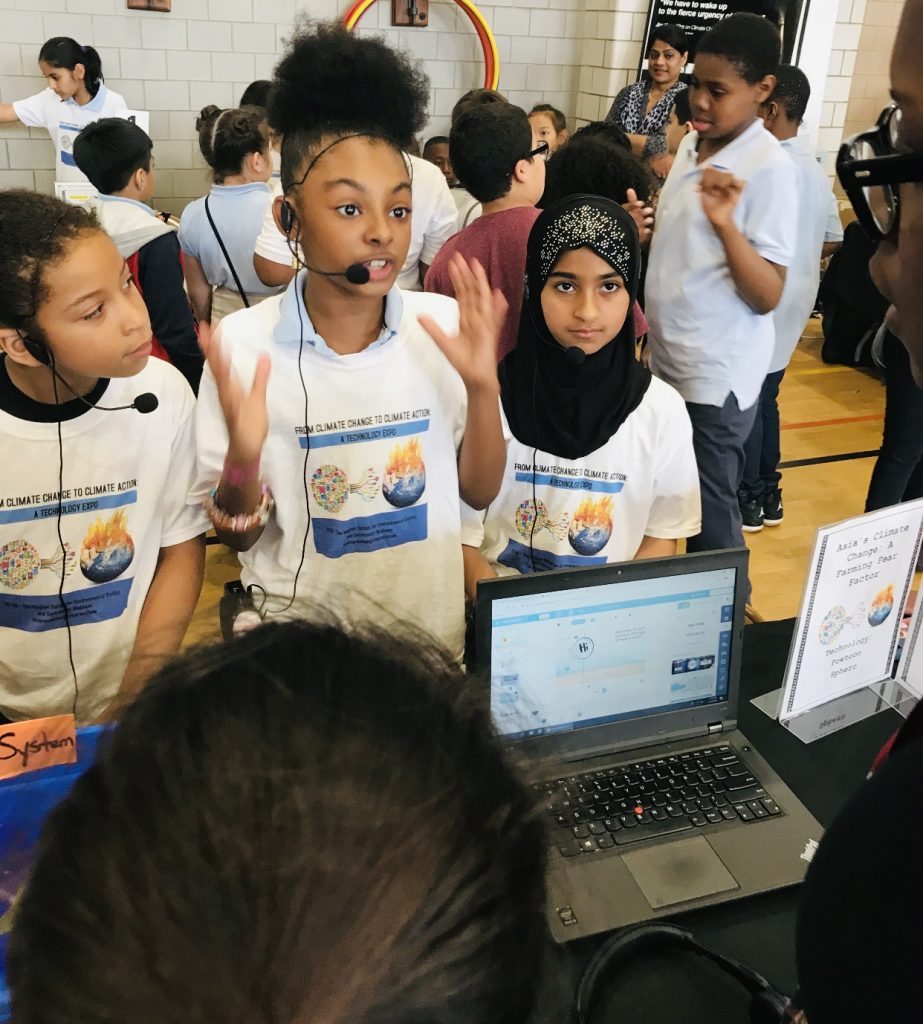
The Magnet School for Environmental Studies and Community Wellness (PS90), in Brooklyn, New York, focuses its instruction on the environmental sciences and climate change. PS90 has adopted a plant-based menu. A group called “Garden to Café” works with PS90 to incorporate school garden produce into school meals and snacks. Through a nutrition education program called CookShop, students and their parents learn about how to properly nourish their minds and bodies. Through a partnership with Coalition for Healthy School Foods, PS90 offers family food nights.
The school customizes science curricula so that every unit and every subject has a connection to climate change and human impact. Students analyze a real-world problem and develop solutions. Students deepen their learning by researching, collaborating, writing, analyzing, and presenting to an audience beyond their classroom, often at the school’s annual expo, to display their understanding of the effects of climate change.
PS90 partners with Grow NYC to maintain three hydroponic gardens indoors, as well as a greenhouse and outdoor garden. PS90 formed a partnership with Whole Kids Foundation, The Bee Cause, and City Growers to install a beehive to aid in teaching about the importance of bees as pollinators. Through the One Billion Oyster Project, students go on field trips to PS90’s oyster reef in Sheepshead Bay. Students help with research and data collection.
Starms Early Childhood Center; Milwaukee, Wisconsin
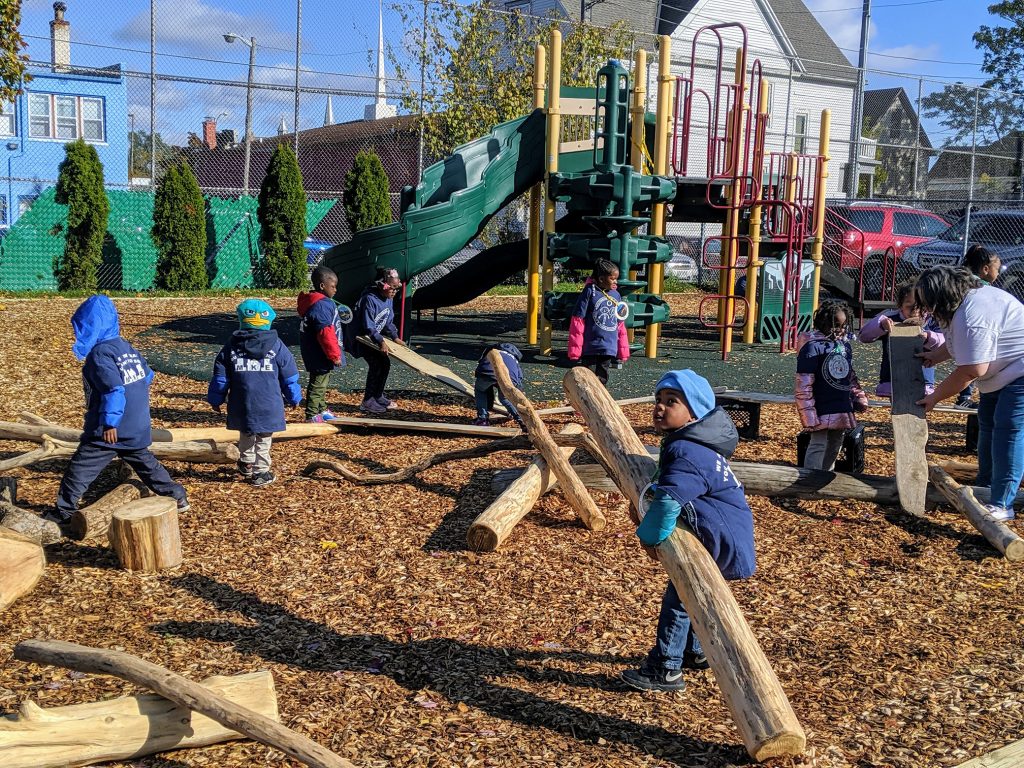
The Starms Early Childhood Center composts food waste, engages in vermicomposting, and contributes to the Crayola marker and Trex recycling programs. SECC has conducted an energy audit and receives a score of 91 in ENERGY STAR Portfolio Manager. The raised vegetable beds are cultivated, planted, tended, and harvested with the help of students, staff, family members, and volunteers. Moveable tree trunk small-group stations, toadstools, planter pots, and a student-sized picnic bench enable children to be immersed in the beauty of the garden. SECC has planted an arboretum on campus containing 30 varieties of trees. Twenty-five bird houses were installed and decorated with shapes, letters, and numbers so children can go on observation hunts.
The Nueva School; Hillsborough and San Mateo, California
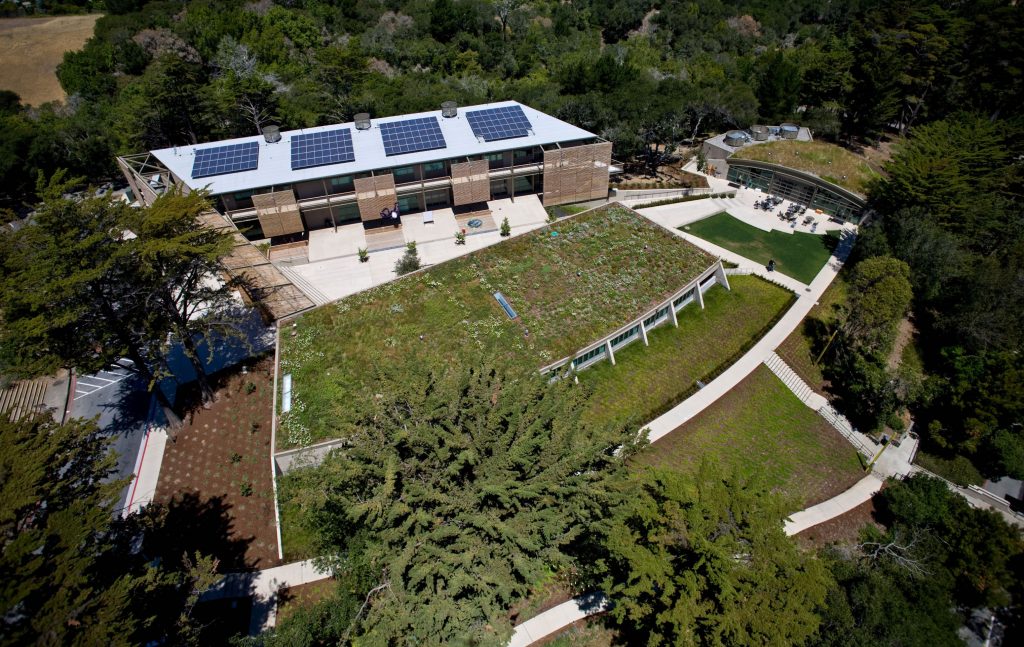
The Nueva School (“Nueva”), an independent school serving gifted learners, has emphasized environmental education across its campuses. The Hillsborough campus offers nearly 34 wooded acres for environmental exploration, gardening, nature immersion, and studies of ecological systems. The San Mateo campus reflects a sustainable urban design and features easy access to public transit. The upper school campus in San Mateo is entirely LEED Gold-certified. The Hillsborough campus has a substantial urban forest, and the San Mateo campus has an extensive green meadow, xeriscaping, and trees.
Sustainability practices include eliminating single-use plastics and creating a three-stream waste disposal system. The school features high-efficiency faucets and toilets, drip irrigation and xeriscaping, green roofs, and solar photovoltaic systems that supply an estimated 22% of Nueva’s total electricity needs. Both campuses have EV charging stations. Healthy, nutritious school lunches and daytime snacks are provided on both campuses, using locally sourced, organically grown, and nourishing ingredients.
Every year in January, participate in a four-day intersession offering more than 200 “learning and doing” opportunities. Nueva’s uniquely designed educational travel program — from local trips in San Mateo County to ecological field work in Costa Rica — provides students with extensive opportunities to study environmental systems and their connections to culture, language, history, and local economies.
Students hike and maintain trails in P.E. class, study the economics of environmental issues, explore environmental justice and equity issues in political science and government, and apply ecological philosophies in ecological humanities. Students act on their learning by representing environmental arguments at the annual Model United Nations.
These are just a few examples of practices from the 2021 honorees! You can view the list of all selected institutions, as well as their nomination packages, and read a report with highlights of their work. If you find yourself inspired to make your own school more sustainable, you can find resources on ED’s Green Strides. Schools, districts, and postsecondary institutions interested in applying for the 2022 ED-GRS award should contact their state education authorities about a state-specific application.
Andrea Suarez Falken is Director of U.S. Department of Education Green Ribbon Schools
Published at Thu, 22 Apr 2021 17:45:56 +0000
Article source: https://blog.ed.gov/2021/04/decade-u-s-department-education-green-ribbon-schools/